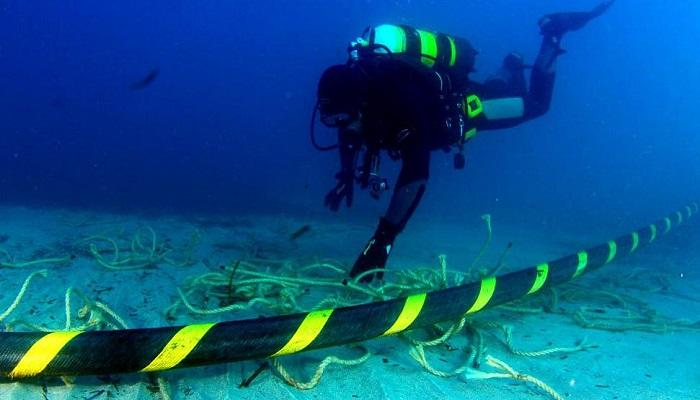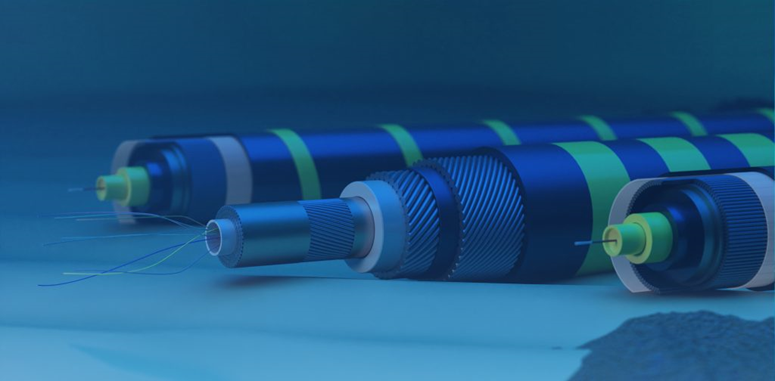?Why is the importance of protecting submarine cable networks so important

Although we rarely think of submarine cable networks, they are the cornerstone of the modern world. Our lives depend to a great extent on this hidden infrastructure of cables the size of a garden hose, stretching across oceans. These cables make up the global infrastructure that carries most of the data that is sent over the Internet. With daily online financial transactions estimated at more than $10 billion, any disruption to this network would have an immediate impact on the global economy.
It should be noted that there are currently about 500 submarine cables around the world. Taking the total length of the cables to exceed one million kilometers, the network continues to grow. When someone reads an email, posts a video on social media, or uses a search engine, that information is passed over an undersea fiber-optic cable. Despite the importance of submarine cables to the global economy and our daily lives, this network often remains unprotected, which may raise some concerns and concerns for many.

Imminent risks
The most frequent threats to cables—causing approximately 150 to 200 submarine cable failures each year—are accidental physical damage from commercial fishing and shipping, as well as underwater earthquakes; In the year 2022, a volcanic eruption off Tonga severes the only fiber-optic cable connecting the island to the rest of the world.
Another potential risk is that political opponents could strategically disrupt international cable networks during periods of conflict; Cutting cables is a highly disruptive tactic for military or government communications in the early stages of a conflict; It can restrict or even completely eliminate the access of target groups to the Internet, in addition to causing economic hardship for competing forces.

There is historical precedent for cutting cables during war. In World Wars I and II, the first hostilities undertaken by the British Royal Navy against Germany involved cutting telegraph cables between Germany and the Americas. In today's world, NATO's director of intelligence recently warned that Russia is preparing to launch attacks on NATO members' undersea cables in the event of a direct conflict. In February 2023, Chinese ships deliberately damaged two submarine cables connected to the Taiwanese island of Matsu. As a result, 13,000 residents of the island were denied access to the Internet.
Attacks on underwater cable networks are not limited to the physical cutting of cables only; Even some hostile parties can disrupt the flow of data by hacking into the network management systems that private companies use to manage traffic over these cables.

reform challenges
In 2017, one cable was accidentally cut by a ship's anchor off the coast of Somalia. The resulting communications outage lasted three weeks, costing the country $10 million a day. Other countries depend on only one or two cables while some countries are connected to several cables. In the first case, the speed of repair and restoration of service is more important.
In this regard, it takes about 20 hours to drop a hook to a depth of 6,000 meters - the maximum possible for cable repair operations. The cables are not fixed in the deep trenches directly, but rather the cable is cut and attached at both sides of the trench.
The ability to repair the network if multiple cables are damaged - whether due to natural hazards or hostile parties - is greatly affected by the lack of cable repair vessels. There are only 60 ships of this type in operation worldwide. Many of these ships were operated during the Internet boom of the 1990s; And so it gets old quickly. The shortage of repair vessels represents a fundamental challenge to the current submarine cable structure. Just as the lack of emergency vehicles is critical for firefighting operations.

Enhance flexibility
Protecting cables that stretch thousands of miles on the deep ocean floor is a huge challenge, and it's also very expensive. Large undersea cables run into the hundreds of millions of dollars, and are usually funded by a group of technology or telecom companies that can share the costs and risks. This lack of official state ownership of the cables means that they are not strongly protected under international law. However, governments can do more to support this infrastructure, including expanding the global fleet of overstretched cable-repair vessels. National governments can also ensure that operating companies adhere to the highest standards.
Best practices for cable protection include building network resilience, increasing capacity, and improving monitoring. Ensuring the resilience of cable networks must be a shared global priority. This should include preparing contingency plans in close coordination with the private sector to mitigate the consequences of intentional or unintentional cable cuts.
Finally, with regard to building additional capabilities, the main data routes can be supported by additional “dark cables”, which are cables that are preferably not recorded on maps, and that are buried as deep as possible. To better detect threats, the cables can be equipped with sensors to identify sonar frequencies used by submarines trying to intervene. As a result of recent developments in this field, it is now possible to deploy a fleet of unmanned marine vehicles (UUVs) to patrol areas where cable networks are located more practically and affordably.
Source : websites

